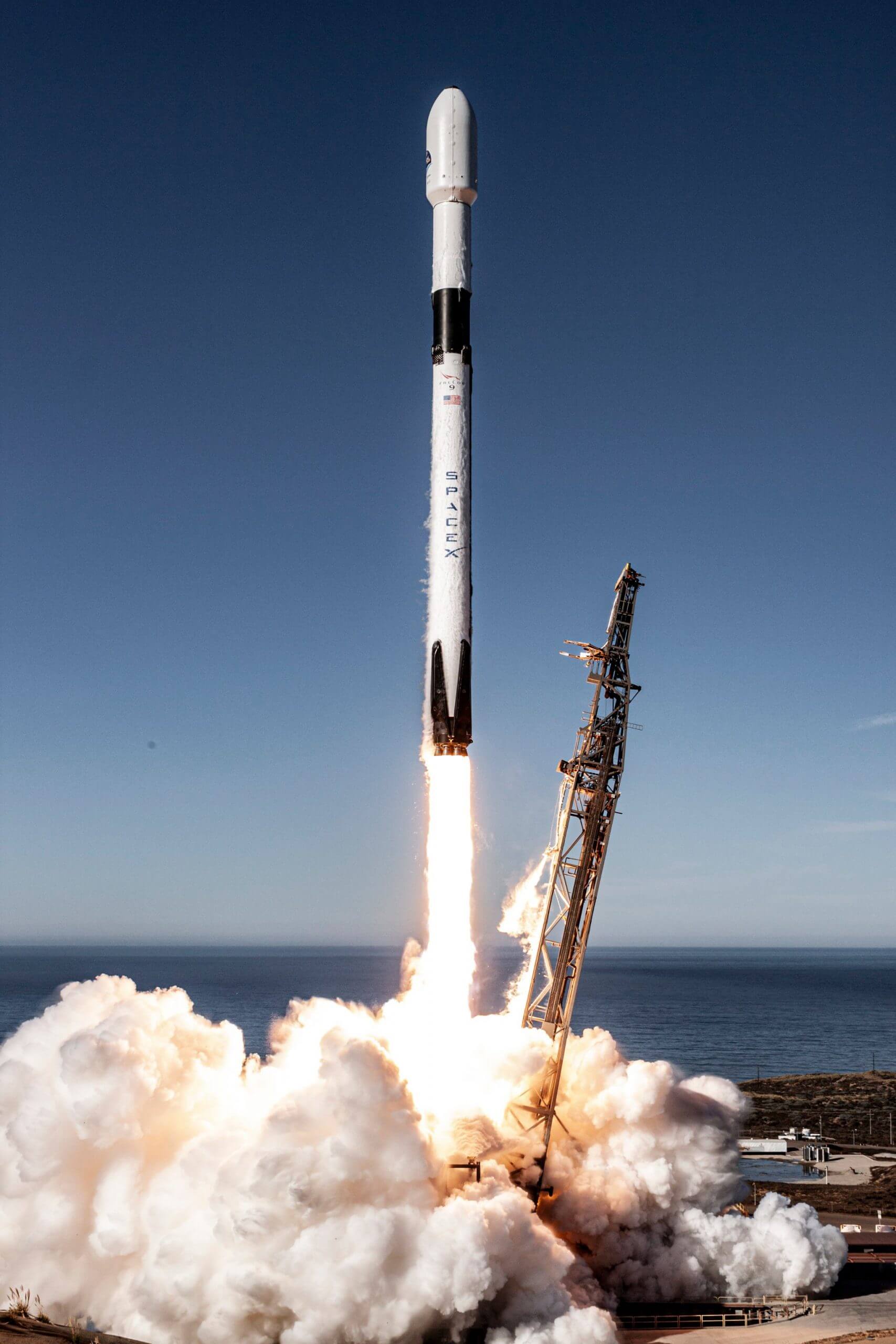

Terran Orbital leads the CubeSat Proximity Operations Demonstration (CPOD) with funding from NASA’s Small Spacecraft Technology Program within NASA’s Space Technology Mission Directorate. The technology demonstration mission will validate the technologies needed to support rendezvous, proximity operations, docking (RPOD), servicing, and formation flight by utilizing a pair of identical 3-unit (3U) CubeSats – leveraging their inherently lower vehicle and launch costs.
Each CubeSat is a satellite with the dimensions 4 inches x 4 inches x 13 inches (10 centimeters x 10 centimeters x 33 centimeters) and weighing approximately 11 pounds (5 kilograms). This flight demonstration will validate and characterize many new miniature low-power proximity operations technologies applicable to future missions. This mission will advance state of the art in nanosatellite attitude determination, navigation, and control systems, in addition to demonstrating relative navigation capabilities.
CPOD will demonstrate the ability of the two spacecraft to remain at determined points relative to each other, known as relative station keeping. CPOD will also demonstrate precision circumnavigation and docking. Docking will employ a novel universal docking device, imaging sensors, and a multi-thruster cold gas propulsion system.
Many of the proximity operations test scenarios will be performed autonomously using high-performance onboard processors and flight software. The satellite design leverages existing and next-generation, high-performance systems, including sensors and flight software for guidance, navigation, and control. The CPOD satellites have 3-axis altitude determination and control and large power charging capacity and storage. The system also contains a half-duplex (one-way communication) ultra-high frequency (UHF) communications system with a high-speed, S-band downlink for payload data transfer.
The two satellites will be deployed into orbit together and undergo a series of checkout steps to ensure proper operation and maneuvering capability. Once the initial checkout is complete, the two spacecraft will separate and continue checkout to begin the proximity operations. The space-to-ground data link from each satellite will enable the transmission of images from the other satellite. The two spacecraft will use an inter-satellite link to share GPS and other data.
Using onboard navigation systems, one satellite will perform a series of circumnavigation maneuvers relative to the second satellite in order to validate and characterize the performance of the new miniature sensors. After the sensors have been characterized, the chaser satellite will begin closing the distance to the first satellite during a series of planned maneuvers. Finally, when they have reached a close relative range, they will conduct the last portion of the mission by engaging the docking mechanism and performing a complete docking of the two spacecraft.

Nation
Application
Operator
Configuration
Launch Date
Launch Vehicle
Mission Length
Mission Completion

SpaceX launched several dozen payloads on its fifth dedicated rideshare mission on May 25, 2022. The Falcon 9 lifted off from Space Launch Complex 40 at Cape Canaveral, Florida, at 2:35 p.m. Eastern.
The Transporter-5 mission carried 59 payloads, which SpaceX described as including satellites, orbital transfer vehicles, and non-deploying hosted payloads.